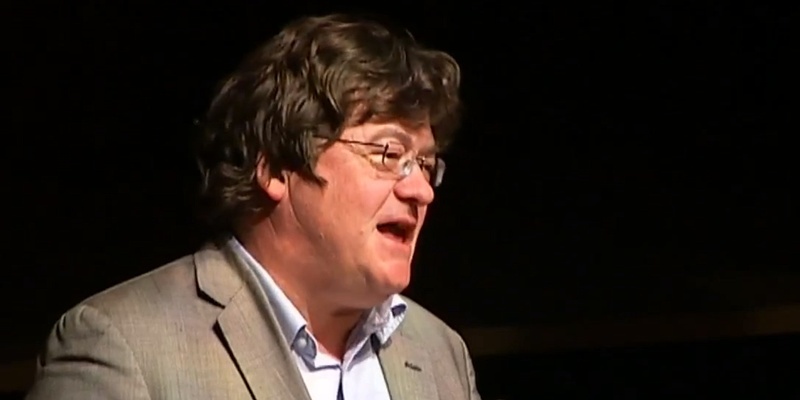A renowned Fife author fears not enough is known about the impact on wildlife caused by wind turbines.
Arncroach resident John Burnside, who has won numerous awards including most recently the coveted TS Eliot Prize for poetry is concerned that the inspiration for much of his work, the natural world, is being damaged by the surge in windfarms across the UK.
In particular he believes peregrine falcons could be put at risk by a north-east Fife proposal, claiming reports have suggested that, despite their agility, raptors can still be injured or killed by turbine blades.
Opponents also point to video footage from Spain, showing a buzzard vulture being struck by a turbine blade after apparently becoming attracted by the movement.
Mr Burnside has lodged an objection to the Green Company’s proposal for a single turbine at North Cassingray Farm and two at South Baldutho Farm, Anstruther, on the grounds of potential disturbance to wildlife and also his health.
As a sufferer of sleep apnea, he is concerned his sleep will be disturbed further by turbine noise.
He told The Courier: ”One source of inspiration for me is the landscape and the wildlife on it the community of living things out there. It is generally agreed there is not enough information in this country about the impact on birds. There are a number of reports coming out of the United States to show a large number of birds, including raptors, have been killed by this.
”If birds are damaged by this kind of development, and they are top predators high up on the food chain, then it’s going to have an impact on the ecology of the entire ecosystem. I wrote to Scottish Natural Heritage (SNH) and received a reply from someone there to say their assessment was there was no risk to peregrine falcons because they are very agile.”
A report by Thomson Ecology highlighted that SNH had raised concerns about the developments’ potential impact on birds at three Special Protection Areas protected by European law. It concluded there was a ”low collision risk” for migrating pink-footed geese.
Other species known to fly over the Cassingray site are brent goose, barnacle goose, kestrel, merlin, golden plover and curlew.
Iain Rennick, SNH Forth area manager, said: ”When Fife Council consulted us on the planning application we alerted them to the potential impact of the proposals on pink-footed geese. The applicant surveyed the use of the site by pink-footed geese. Other birds were also recorded, particularly raptors, waders and waterfowl. These surveys were designed to provide enough data to statistically analyse any possible impact on birds using the site and to calculate the potential collision risk.
”We have now received the report and we will be commenting on its conclusions to Fife Council shortly. We will also discuss peregrines as a result of extra local knowledge provided. However, peregrines are agile birds and we would expect them to be able to avoid collision with turbines of this size.”
